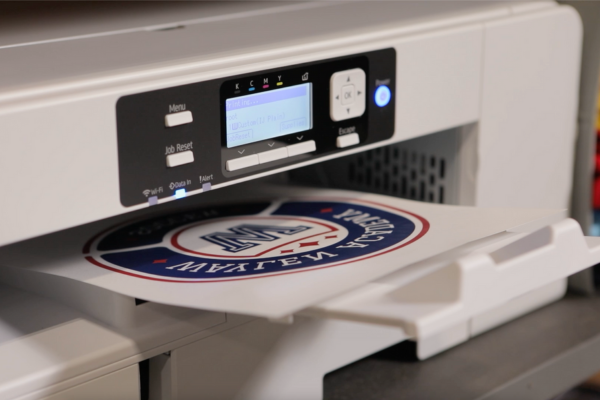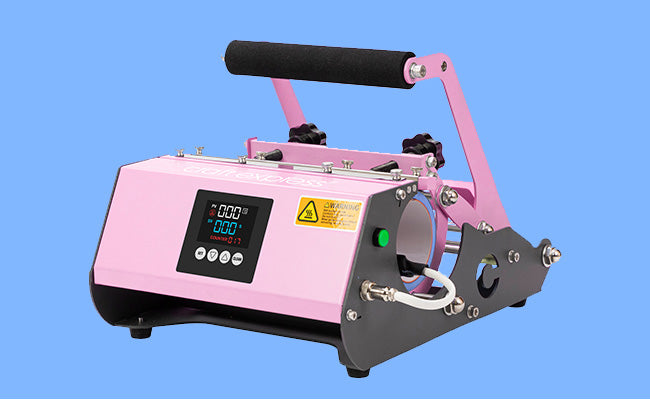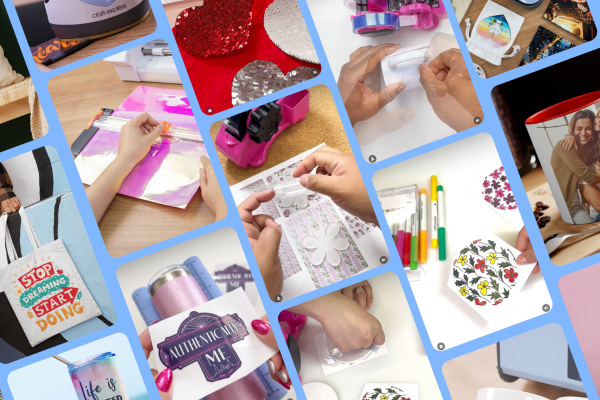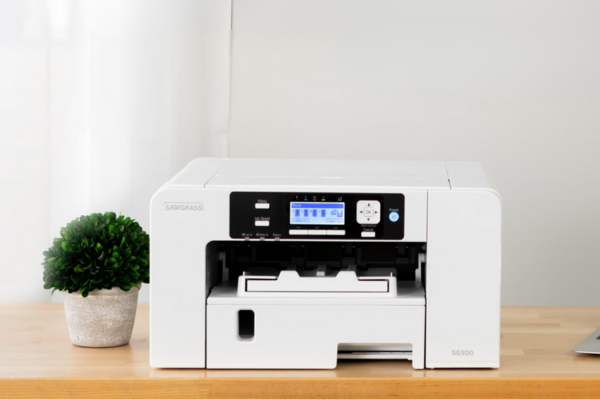
Is sublimation printing good quality?
Yes. Sublimation printing delivers high quality results on polyester fabric and on hard goods with a polymer coating. The dye turns into gas under heat, moves into the surface, and sets inside the material as it cools. Because the color becomes part of the item, prints look vibrant, feel smooth, and resist cracking or peeling. On the right blanks, with light colors and correct settings, sublimation holds up to regular use and many wash cycles. The key is matching your blank, paper, and press settings to the project.
What makes sublimation printing look high quality
Color and detail
Sublimation handles fine lines, gradients, and photo art well because the dye bonds at a molecular level. You get crisp edges and smooth blends without a heavy feel.
Soft feel on fabric
There is no vinyl layer on top of the shirt. The print feels like the shirt because the dye lives in the fibers. That makes it comfortable and breathable.
Durable in daily use
On polyester apparel and polymer coated hard goods, the image will not crack or peel. Wash wear depends on your fabric and settings, but with a good press routine, quality stays strong.
Consistent finish on hard goods
Mugs, tumblers, coasters, and photo panels can look glossy and saturated. When the wrap and pressure are even, you can achieve clean edge to edge coverage.
Where quality can drop and how to fix it
Even a good process has limits. Here is how to keep standards high.
-
Blank choice
Sublimation needs polyester or a polymer coating. On cotton or uncoated wood or metal, color looks dull and may wash away. Pick blanks that say sublimation ready. -
Blank color
Sublimation does not print white. Best results come on white or very light surfaces. On mid tones and dark colors, expect muted results. Plan art that uses the blank as the white or switch to another method for dark cotton. -
Polyester percentage
More polyester means brighter prints on fabric. A 100 percent poly tee looks bold. A 65 percent blend looks more vintage. Set expectations and test. -
Press variables
Time, temperature, pressure, and moisture matter. Too hot or too long can yellow paper edges. Too cool or too short can look faded. Moisture in fabric can cause light specks. -
Outdoor exposure
Long hours of direct sun can fade any dye. Keep outdoor items in shade when you can, or plan designs that still look good with a gentle fade.
Sublimation printing quality, what to expect
Use this quick guide to predict results before you press.
|
Item type |
What quality looks like |
Common risks |
Quick tip |
|---|---|---|---|
|
Polyester shirt, white |
Bright color, soft hand, fine detail |
Moisture specks, press marks |
Pre press 5 to 10 seconds, use light to medium pressure |
|
Light heather poly blend |
Softer vintage look |
Lower saturation |
Increase time a little and accept a softer look |
|
Polymer coated mug |
Glossy and saturated image |
Band near seam if wrap is uneven |
Use a mug or tumbler press with snug wrap and even pressure |
|
Aluminum photo panel |
High contrast and crisp detail |
Haze from trapped moisture |
Warm the panel briefly and use fresh protective paper |
How to get the best quality with sublimation printing
Start with the right materials
Choose true sublimation ready blanks and a paper that pairs well with your printer and inks. Keep one brand of paper while you learn to reduce variables.
Dial in press settings
Use maker guides for your exact blank. Then fine tune in small steps. A few common starting points are below. Your gear may vary, so always follow the instructions that came with your blanks and press.
|
Blank |
Temperature |
Time |
Pressure |
|---|---|---|---|
|
Polyester shirt |
380 to 400 F |
35 to 60 sec |
Light to medium |
|
Mug in mug press |
360 to 400 F |
180 to 300 sec |
Firm, even wrap |
|
Hardboard coaster |
380 to 400 F |
60 to 90 sec |
Medium |
Control moisture and movement
Pre press fabric to drive off moisture. Clean hard goods with alcohol and let dry. Tape transfers so nothing shifts. Open the press smoothly to avoid ghosting.
Protect surfaces
Use clean protective paper on top of the print area every time. Change it between presses so stray dye does not mark your next item.
Test before a run
Print a small color chart on the same paper and blank you plan to use. Save the settings that work and keep a simple press log. Consistency is the secret to pro looking results.
Is sublimation printing the right quality for your project
Choose sublimation when you want rich color, smooth feel, and fast single item or small batch work on light polyester and coated hard goods. If you need a bold design on black cotton, if the item will live outside in strong sun, or if you want heavy texture, look at other methods for that job. Many shops use sublimation for photos, gifts, team shirts, and drinkware, then add other processes as needed.
Quality checklist before you press
-
Is the blank polyester or polymer coated, and is it white or very light
-
Did you pre press fabric to remove moisture
-
Is the transfer taped so it cannot slide
-
Are time, temperature, and pressure set within the maker range
-
Do you have fresh protective paper above the print area
-
Will you remove the paper while warm or wait for a cool peel, based on the blank
If you can say yes to the list, you are set up for a clean result.
FAQ
Does sublimation fade in the wash
On polyester and coated hard goods, it holds up well. Wash shirts inside out in cold water, avoid bleach, and skip high heat drying for best life.
Are sublimation mugs dishwasher safe
Many sublimation mugs are fine on the top rack, but always check the product notes for your specific blank. Coating quality matters.
Can I get pro quality at home
Yes. A reliable press, good paper, and the right blanks are the foundation. Keep notes, test small, and repeat what works.
Why do my prints look dull
Common causes are low polyester, low temperature, short time, or moisture. Try a longer press within the range, pre press fabric, and confirm your press hits target temperature.
Will the print crack or peel
No. The dye is inside the surface, not on top. That is why it feels smooth and stays flexible.
Internal Links
Closing
Sublimation printing can look amazing, and it is easier to master than it seems. Start with one light polyester shirt or a simple mug, follow the maker settings, and take a quick test press. When you like the result, add more blanks and build your skills one project at a time.




Leave a comment
This site is protected by hCaptcha and the hCaptcha Privacy Policy and Terms of Service apply.